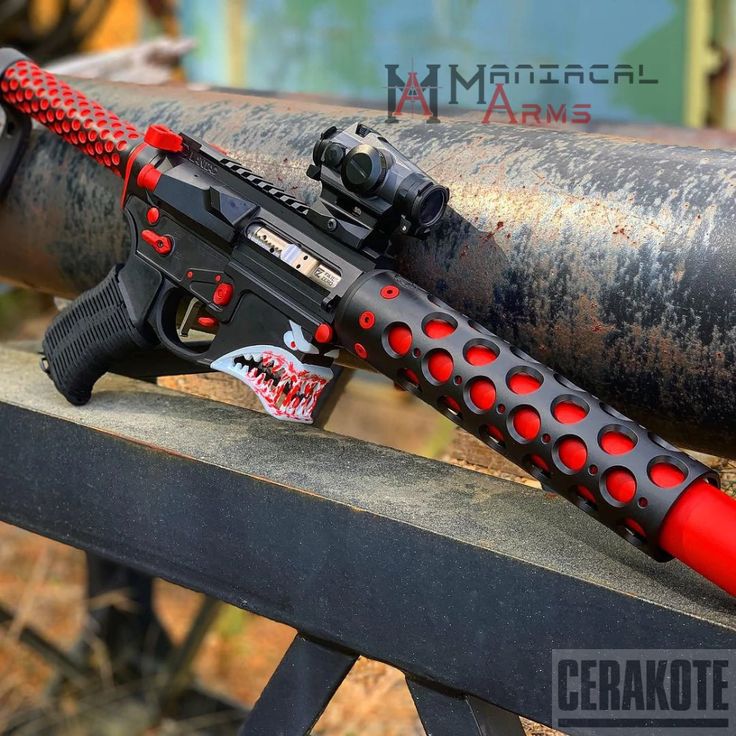What Is a Fashion Faux Pas? Meaning, Examples, and How to Avoid Them
What Is a Fashion Faux Pas?
A fashion faux pas is a style mistake that clashes with widely accepted standards of dress-often due to poor fit, inappropriate context, lack of grooming, or mismatched elements. In practical terms, it’s an avoidable misstep that distracts from your look and undermines confidence, such as wearing wrinkled clothes, visibly ill-fitting garments, or pairing pieces that work against the outfit’s balance rather than with it [1] . While taste and trends evolve, consistent themes-fit, condition, proportion, and appropriateness-define what most people recognize as faux pas today [1] .
Core Principles Behind Faux Pas
Understanding the “why” makes it easier to avoid mistakes:
- Fit and proportion: Garments that are too tight, too long, or too short disrupt silhouette and comfort. Even strong pieces look wrong when they don’t match your body proportions [2] .
- Condition and care: Wrinkles, stains, and leftover tags signal inattention and can overshadow an otherwise good outfit [1] .
- Context and dress codes: What works at brunch may not work in a boardroom. Aligning formality and functionality with the occasion helps you look intentional rather than out of place [1] .
Common Fashion Faux Pas (and What to Do Instead)
1) Ill-Fitting Lengths
Wearing pants that puddle or hover too high, or skirts that cut at unflattering points, is a classic faux pas. Aim for pant hems that land close to the shoe without dragging (often within about three-quarters of an inch above the floor when worn with shoes) and skirts that fall just above or below the knee for most body types. This guidance helps maintain clean lines and a balanced silhouette [2] [1] .
How to fix it, step-by-step:
- Try on with the exact shoes you plan to wear.
- Pin your ideal hem length at home in good lighting.
- Take garments to a reputable tailor for a precise hem.
- Reassess after cleaning; some fabrics relax or shrink.
Alternative approach: If tailoring isn’t feasible, consider adjustable inseam options or styles with cuffable hems to fine-tune length on the fly [1] .

Source: glamour.com
2) Wrinkled, Stained, or Poorly Maintained Clothing
Even premium pieces look careless when wrinkled or stained. Pressing or steaming improves structure and conveys professionalism. Natural fibers like cotton and linen wrinkle more and may need extra care, while knits and blended synthetics typically resist creasing better [1] .
Implementation guide:

Source: ellettewsofie.pages.dev
- Check care labels before purchase to gauge maintenance needs.
- Keep a handheld steamer for quick refreshes.
- Spot-treat immediately and launder per fabric guidance.
- Store garments with adequate space to prevent crushing.
Workaround: Choose wrinkle-resistant fabrics for travel-heavy schedules and day-to-night dressing [1] .
3) Leaving Tags or Tacking Stitches On
Retail tacking stitches on suit vents or coat pockets, and visible tags, are widely recognized mistakes. Removing them and checking for any basting threads before wearing preserves clean lines and ensures garments drape as designed. This falls under fundamentals often highlighted in suiting etiquette and presentation checklists [2] .
How to correct: Carefully snip tacking threads with small scissors and remove exterior brand stickers or size labels, then lightly steam to relax the area [2] .
4) Mismatched Formality and Confusing Pairings
Combining elements that contradict each other in purpose-like socks with open sandals, or ties with short-sleeve polos-often reads as a faux pas because the items send mixed signals about the setting and formality. These pairings commonly appear on public “faux pas” lists as examples of confusing style cues [3] .
Practical fix:
- Define the event’s dress code first (casual, smart casual, business, formal).
- Choose footwear and legwear that share function (e.g., loafers with no-show socks; sandals on bare feet in warm weather).
- Reserve ties for collared, long-sleeve shirts unless a specific, cohesive style rationale applies.
Alternative: If intentionally subverting norms, keep the rest of the outfit minimal and polished so the “rule-break” looks purposeful rather than accidental [3] .
5) Visible Undergarments and Support Issues
Visible bra straps or panty lines can undermine clean lines. Solutions include strapless or convertible bras for open-backs, seamless underwear to reduce lines, and proper slip or lining choices. These concerns are frequently cited in practical “what to avoid” guides addressing everyday dressing challenges [4] [3] .
Steps to solve:
- Identify neckline, back, and fabric cling before choosing undergarments.
- Match underwear color to skin tone or the garment’s base shade to minimize show-through.
- Test in daylight to catch visibility you might miss indoors.
How to Avoid Fashion Faux Pas: A Repeatable Process
Use this system to reduce mistakes across outfits:
- Start with fit: Sit, stand, and walk in each piece. Look for pulling, pooling, or twisting that signals tailoring needs. Taking even basic hems and waist nips to a tailor can elevate off-the-rack clothes significantly [2] .
- Confirm condition: Steam, lint-roll, and polish shoes. A clean presentation often matters more than trend alignment [1] .
- Align with the occasion: For work or interviews, choose structured, well-maintained pieces and avoid novelty graphics; for social events, you can include bolder accents while maintaining fit and finish [1] .
- Check proportions: Balance long layers and wide silhouettes with fitted counterpoints, especially for petites or when wearing oversized cardigans and dusters [4] .
- Do a mirror and daylight test: Evaluate color, transparency, and lines in natural light to catch issues early [1] .
Case Examples and Fixes
Case 1: The Too-Long Trouser
Problem: Trousers bunch at the ankle and drag on the ground, looking sloppy and wearing out prematurely. Fix: Mark hem with the shoes you’ll wear most, request a slight break from a tailor, and consider a second pair hemmed for sneakers vs. dress shoes to cover different heel heights [2] .
Case 2: The Wrinkled Linen Shirt at the Office
Problem: Natural fiber creasing makes an outfit appear unprepared. Fix: Steam before wear, layer with a structured blazer to control drape, or choose a linen-cotton blend for less wrinkling on long days [1] .
Case 3: The Open-Back Dress with Visible Straps
Problem: Straps disrupt the clean back line. Fix: Use a convertible or adhesive bra option, test movement to ensure hold, and pack fashion tape for backup during events [4] .
When “Rules” Can Be Bent
Style is personal, and some so-called mistakes become intentional signatures. However, bending rules works best when the fit is dialed in and the rest of the outfit is deliberate. For example, streetwear looks may intentionally mix sporty socks with slides, but the cohesion comes from consistent color, fabric quality, and overall balance-otherwise it reads as accidental rather than styled [3] .
Quick Checklist Before You Head Out
- Hems and sleeves sit where you intend them to, with your chosen shoes.
- No wrinkles, stains, loose threads, or leftover tags/tacking.
- Undergarments invisible under natural light and movement.
- Outfit matches the occasion’s formality and function.
- At least one element that feels authentically you.
How to Keep Improving
You can refine judgment over time by experimenting with hemlines, fabrics, and layering in low-risk settings. Consider photographing outfits in different lighting to spot issues like shine-through or awkward lengths. If you need structure, you may schedule seasonal wardrobe edits: donate what no longer fits, tailor high-value items, and note gaps (e.g., a neutral belt or no-show socks) to resolve recurring problems. For suiting and formalwear, it may help to review fundamentals such as removing tacking stitches, checking fit points in shoulders and waist, and ensuring presentation details (creases, shoe care) are complete before events [2] .
References
[1] Sew Guide (2023). 50 fashion faux pas scenarios and how to avoid them.
[2] British Dapper (YouTube, n.d.). Fashion Faux Pas: What to Avoid at All Costs.


